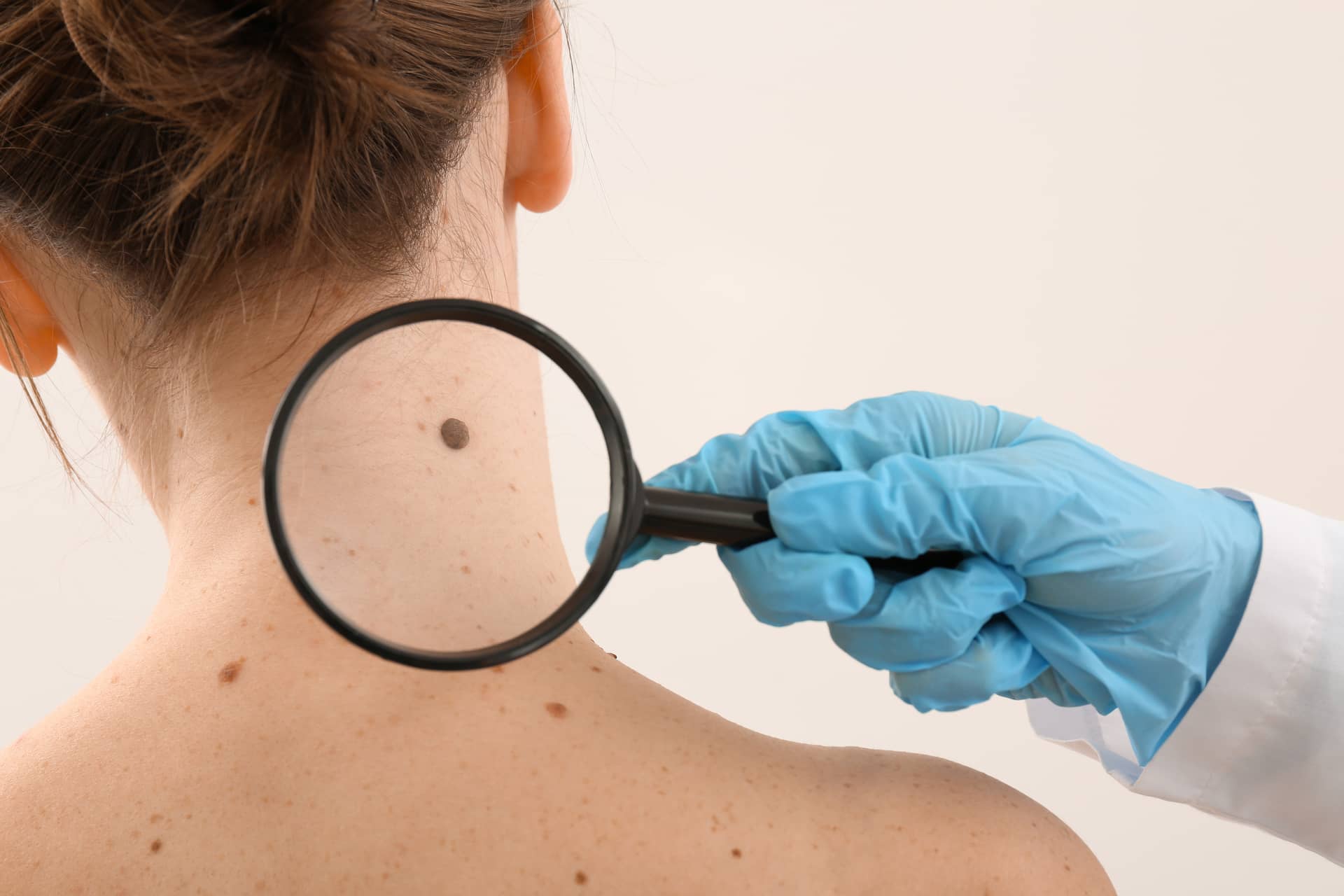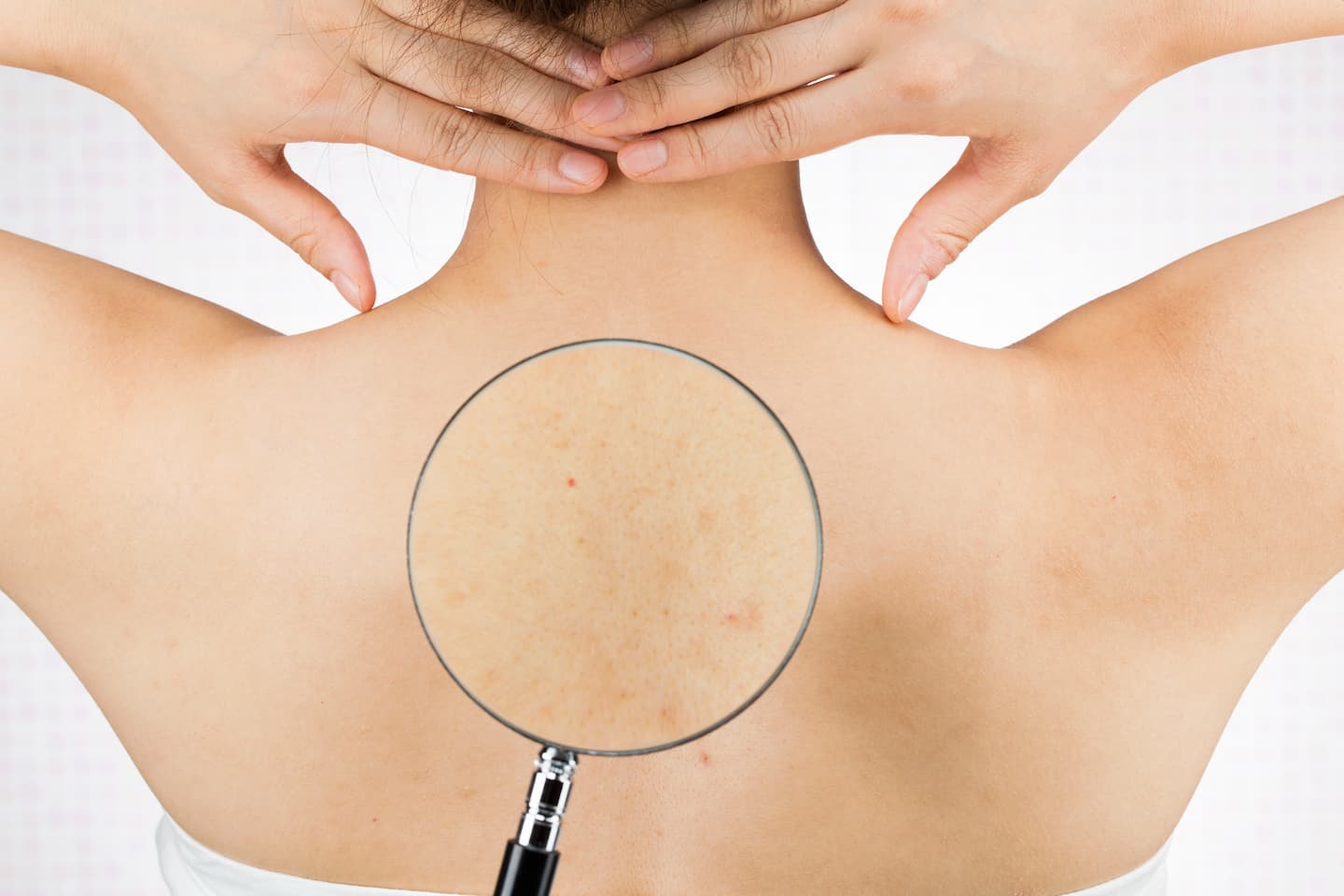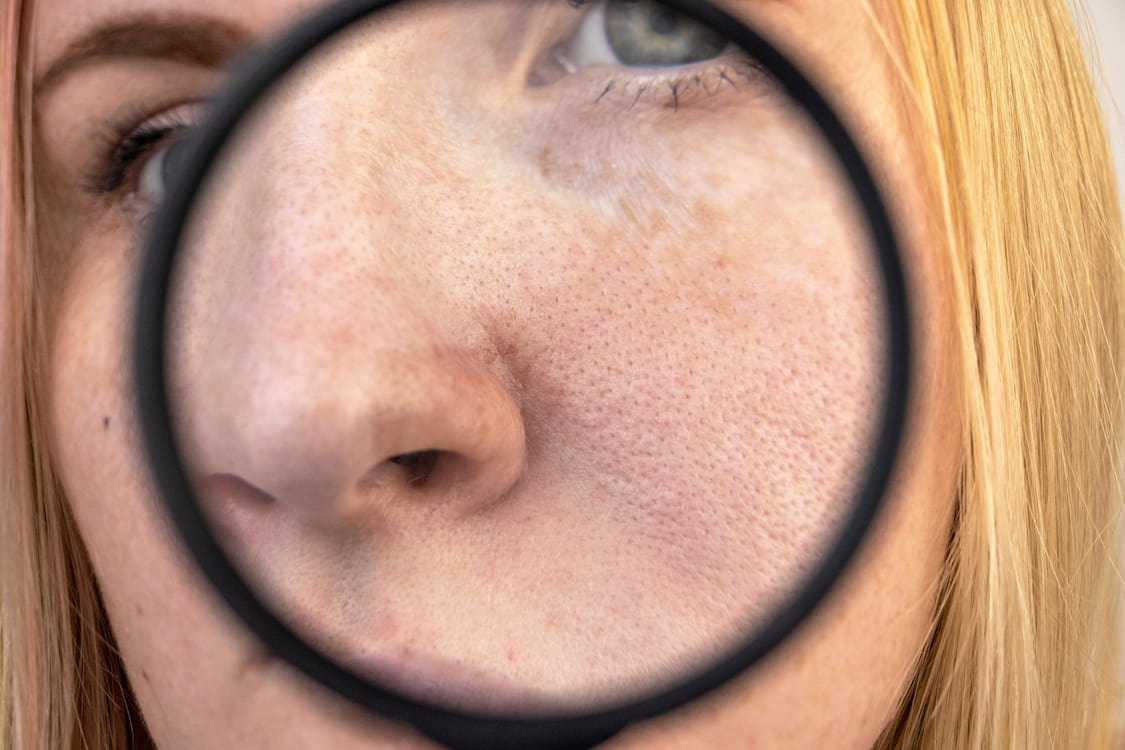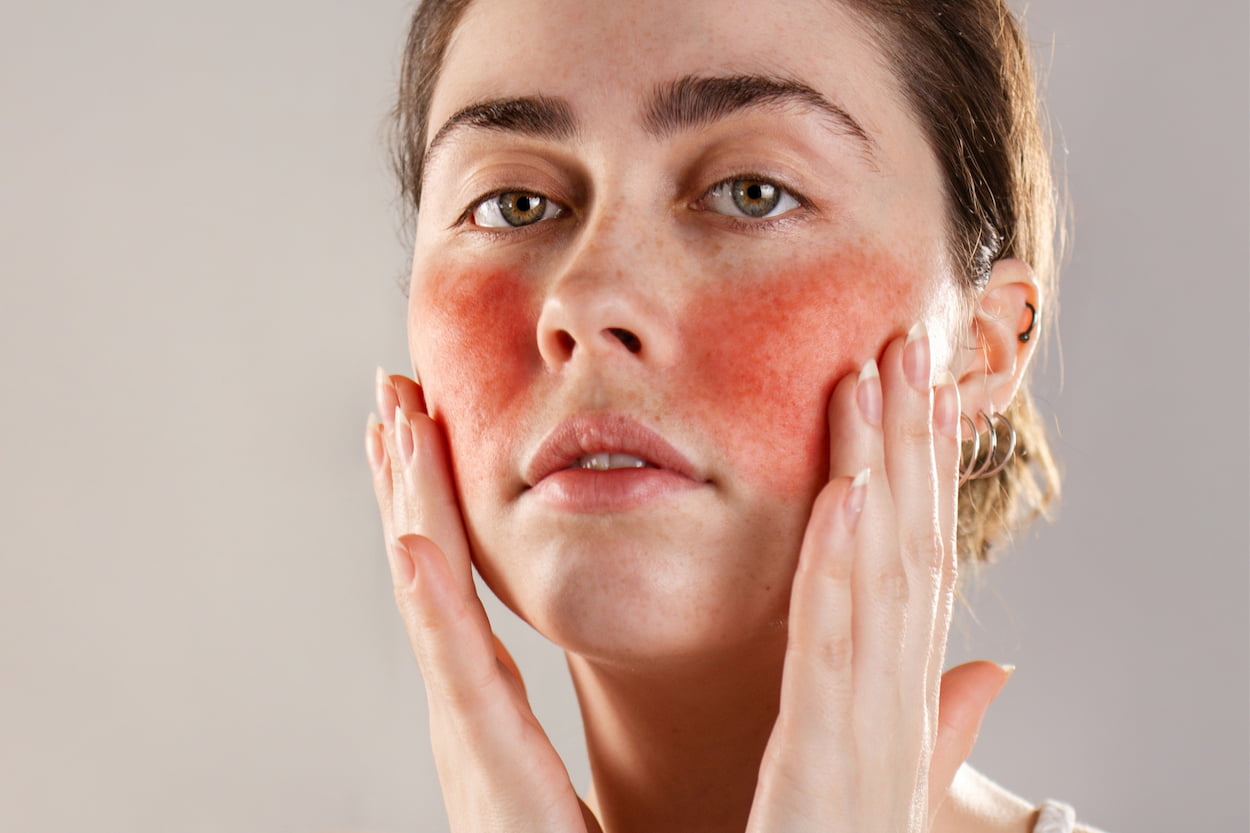
The Ultimate Guide to Finding the Best Treatment for Rosacea
Rosacea is a common skin condition that affects millions of people around the world. It is characterized by redness and visible blood vessels on the face, as well as the appearance of bumps or pimples. Rosacea can be uncomfortable and unsightly, and finding the best treatment can be a challenge. In this article, we will explore what rosacea is, the best laser treatment for rosacea, and how to find the best treatment for you.
What Is Rosacea?
Rosacea is a chronic skin condition that typically affects adults over the age of 30. It is more common in women than in men and is often hereditary. The condition can be triggered by a variety of factors, including stress, sun exposure, hot weather, spicy foods, alcohol, and certain medications.
Rosacea is characterized by redness and visible blood vessels on the face, particularly on the cheeks, nose, chin, and forehead. In some cases, small, red, pus-filled bumps may also appear. Rosacea can be uncomfortable, causing itching, burning, and stinging sensations, and it can also have a significant impact on a person's self-esteem.
While there is currently no cure for rosacea, there are a variety of treatments available that can help manage the symptoms and improve the appearance of the skin.
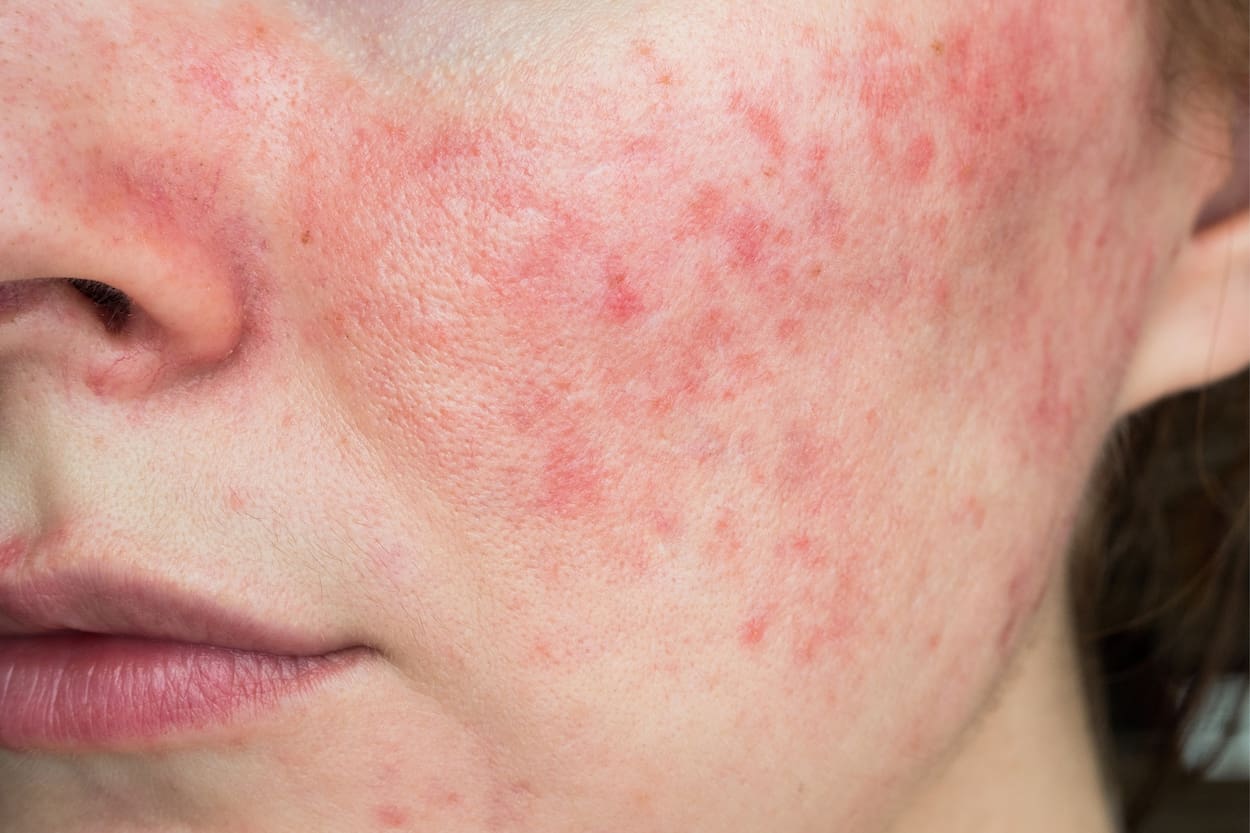
Best Laser Treatment for Rosacea
One of the most effective treatments for rosacea is laser therapy. Laser treatment works by targeting the blood vessels that are responsible for the redness and visible veins on the face. The laser heats up the blood vessels, causing them to collapse and be absorbed by the body. Over time, this reduces the appearance of redness and improves the overall texture of the skin.
There are several different types of laser treatments available for rosacea, each with its own unique benefits and drawbacks. Some of the most common laser treatments for rosacea include:
IPL (Intense Pulsed Light) Therapy: IPL therapy uses a broad spectrum of light to target the blood vessels responsible for the redness and visible veins on the face. The light heats up the blood vessels, causing them to collapse and be absorbed by the body. IPL therapy is safe and effective, and it typically requires several sessions to achieve optimal results.
PDL (Pulsed Dye Laser) Therapy: PDL therapy uses a specific wavelength of light to target the blood vessels responsible for the redness and visible veins on the face. The light heats up the blood vessels, causing them to collapse and be absorbed by the body. PDL therapy is safe and effective, and it typically requires several sessions to achieve optimal results.
Fractional Laser Resurfacing: Fractional laser resurfacing uses a laser to create tiny, microscopic holes in the skin, which stimulates the body's natural healing process. This can help to reduce the appearance of redness and improve the overall texture of the skin. Fractional laser resurfacing is safe and effective, and it typically requires several sessions to achieve optimal results.
Nd:YAG Laser: Nd:YAG laser treatment uses a specific wavelength of light to target the blood vessels responsible for the redness and visible veins on the face. The light heats up the blood vessels, causing them to collapse and be absorbed by the body. Nd:YAG laser treatment is safe and effective, and it typically requires several sessions to achieve optimal results.
Finding the Best Treatment for You
While laser therapy can be an effective treatment option for rosacea, it is not the right choice for everyone. The best treatment for you will depend on a variety of factors, including the severity of your rosacea, your skin type, and any other health conditions you may have.
Some of the most common treatments for rosacea include:
Topical Creams: Topical creams are often the first line of defense against rosacea. They work by reducing inflammation and redness, and can also help to prevent new bumps from forming. Some of the most commonly used topical creams for rosacea include metronidazole, azelaic acid, and ivermectin.
Oral Antibiotics: Oral antibiotics are often prescribed for more severe cases of rosacea. They work by reducing inflammation and killing bacteria that can exacerbate the condition. Some of the most commonly used antibiotics for rosacea include doxycycline, minocycline, and erythromycin.
Light Therapy: In addition to laser therapy, other types of light therapy can also be effective for treating rosacea. For example, blue light therapy can help to reduce the bacteria that cause acne-like bumps, while red light therapy can help to reduce inflammation and redness.
Lifestyle Changes: Making changes to your diet and lifestyle can also help to manage the symptoms of rosacea. This may include avoiding triggers like spicy foods and alcohol, protecting your skin from the sun, and managing stress levels.
When considering which treatment is right for you, it's important to work closely with a dermatologist or other healthcare provider. They can help you weigh the benefits and drawbacks of each treatment option and develop a personalized treatment plan that meets your specific needs.
In addition to seeking professional guidance, there are also some steps you can take on your own to manage your rosacea symptoms. These include:
Avoiding Triggers: Pay attention to the things that seem to trigger your rosacea symptoms, and do your best to avoid them. This may include certain foods, activities, or environmental factors.
Protecting Your Skin: Use sunscreen and other protective measures to minimize sun exposure and protect your skin from further damage.
Practicing Good Skincare: Use gentle, non-irritating skincare products that are specifically formulated for sensitive skin. Avoid harsh cleansers and exfoliants that can exacerbate inflammation.
Managing Stress: Stress can be a major trigger for rosacea, so it's important to develop healthy coping mechanisms and manage stress levels as effectively as possible.
Healthy Türkiye Notes
Rosacea can be a frustrating and uncomfortable condition, but there are many treatment options available that can help manage the symptoms and improve the appearance of the skin. Laser therapy, in particular, can be an effective option for reducing redness and visible veins on the face. However, finding the best treatment for you will depend on a variety of factors, and it's important to work closely with a healthcare provider to develop a personalized treatment plan. By taking proactive steps to manage your rosacea, you can improve your quality of life and feel more confident in your skin. You can get more detailed information about the best treatment options for rosacea by contacting Healthy Türkiye 24/7.

